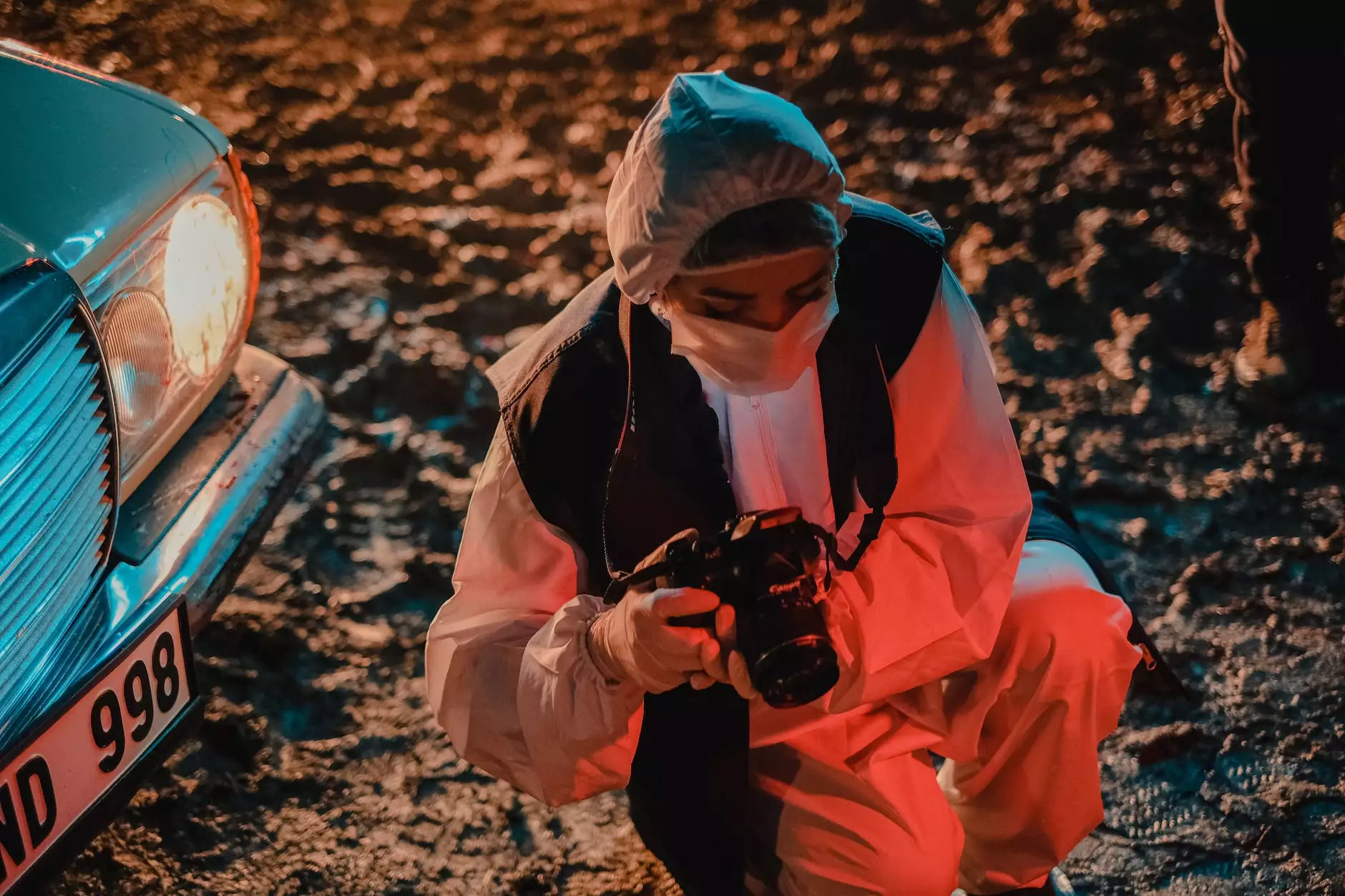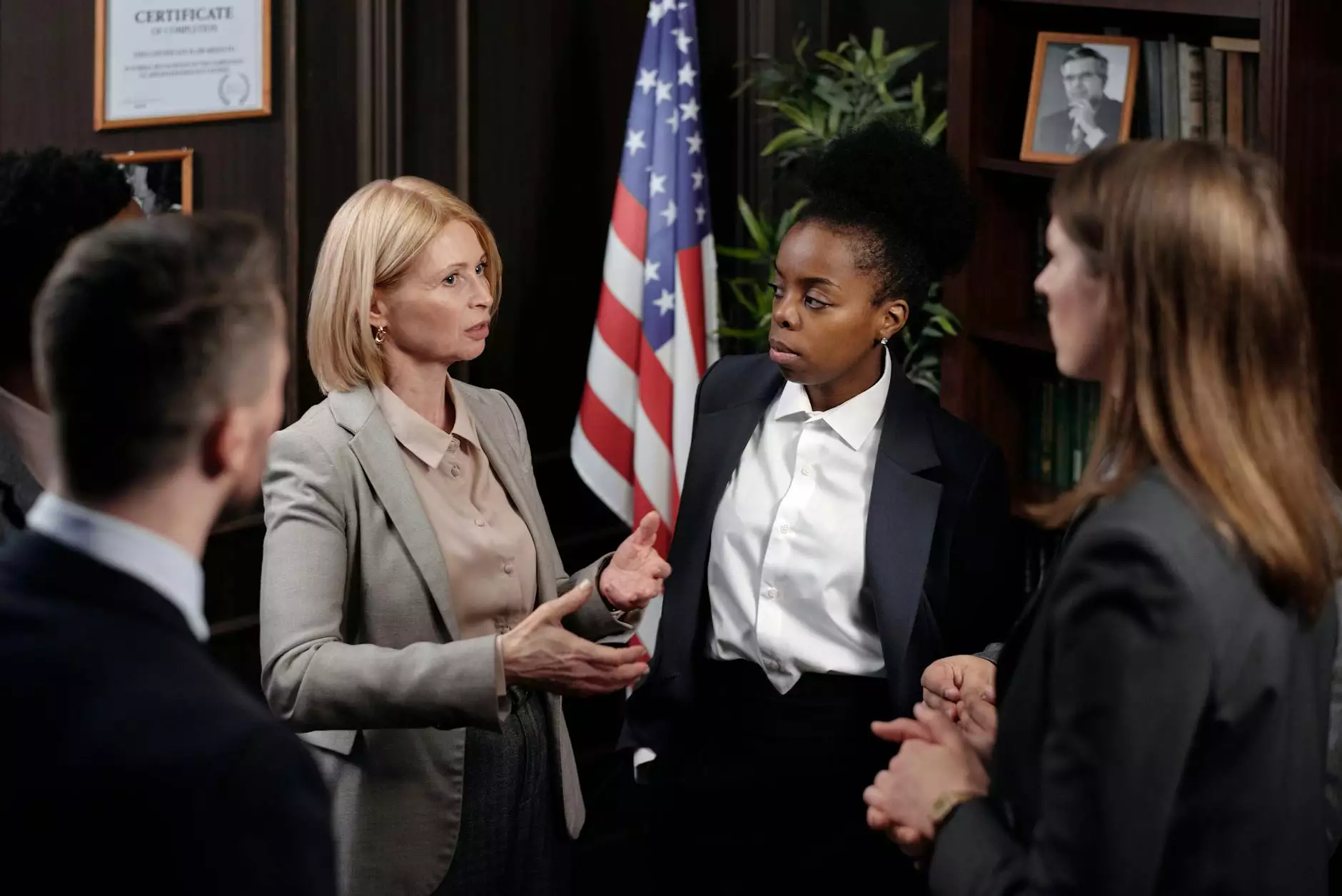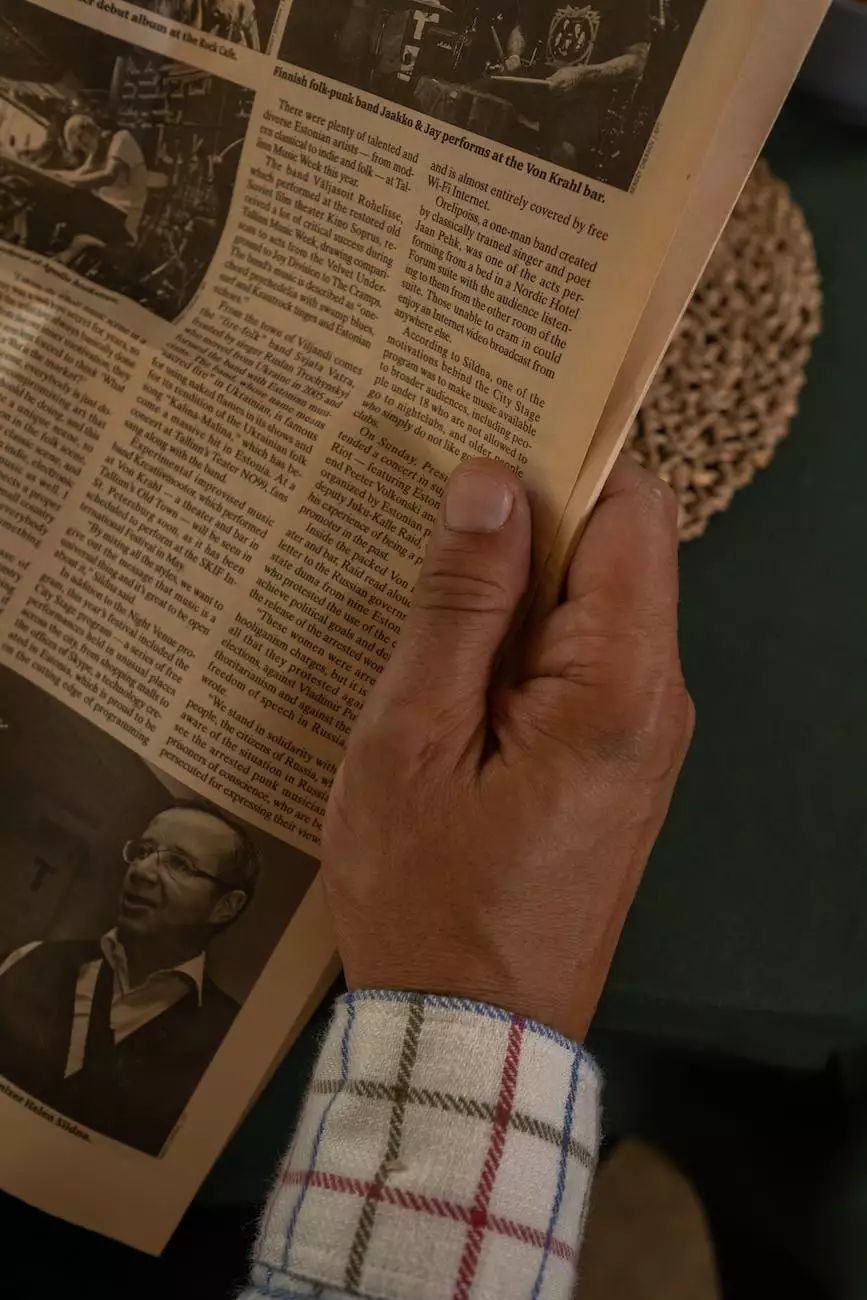Mass Shootings Reopen Debate over Whether Crime Photos Prompt Change or Trauma

As the nation grapples with the recurring tragedies of mass shootings, a heated debate has emerged over whether sharing crime photos and videos adequately prompts change or inflicts additional trauma on the public. In recent years, these horrifying events have become far too common and have left communities shattered and searching for answers.
The Power of Visual Impact
Studies have shown that visuals can have a profound impact on human emotions and perceptions. By displaying crime photos, there is an opportunity to create a sense of urgency and shock that captures public attention. Furthermore, these images can serve as a powerful reminder of the consequences of inaction or inadequate gun control measures.
Crime scene photos can evoke strong emotions and provoke a visceral response from viewers. This emotional reaction can be a catalyst for change, leading to increased public pressure on lawmakers and policymakers to take action. It's often argued that shocking visuals are necessary to break through the distorted sense of security and complacency that plagues society.
The Conflict of Trauma
On the other side of the debate, many argue that sharing graphic crime photos can be detrimental to the mental health and well-being of individuals, particularly those directly impacted by such tragic events. The ongoing exposure to traumatic images can trigger anxiety, post-traumatic stress disorder (PTSD), and worsen mental health conditions.
Psychologists and mental health experts warn about the potential harm caused by repeated exposure to violence, urging media outlets and online platforms to be cautious about the content they share. The responsibility lies in finding a balance between informing the public and respecting the dignity and privacy of victims and their families.
The Role of Media and Society
The media plays a significant role in shaping public opinion and influencing policy changes. However, determining the appropriate level of graphic content to present is a delicate task. Ethical considerations must guide media outlets in striking a balance between raising awareness and avoiding unnecessary trauma.
The debate extends beyond media outlets and involves society as a whole. As consumers of news and information, we should question our own responses to graphic imagery and its potential impact on our collective understanding and empathy. Are we becoming desensitized to violence, or are we more motivated to effect change?
Exploring Alternative Approaches
Considering the complexities surrounding the display of crime photos, societies and organizations must explore alternative means of prompting change without subjecting individuals to further trauma. Expert opinions vary, with some advocating for using non-graphic visuals, such as illustrations or infographics, to convey the severity of the issue while minimizing potential harm.
Furthermore, comprehensive reporting and analysis of the underlying factors contributing to mass shootings can provide a deeper understanding of the complex societal issues at play. By addressing the root causes, like mental health, societal isolation, and easy access to firearms, we can work towards preventing these tragic events from occurring in the first place.
The Importance of Dialogue
Productive discussions and open dialogues are essential for society to navigate the sensitive terrain surrounding mass shootings and their aftermath. This ongoing debate requires input from experts in various fields, including psychology, law enforcement, public policy, and media ethics. Listening to diverse perspectives can help shape informed decisions and policies that aim to both raise awareness and minimize trauma.
The Road to Change
Ultimately, the debate over whether crime photos prompt change or inflict trauma is a multifaceted one. It requires thoughtful reflection, empathy, and an unwavering commitment to preventing these senseless acts of violence. By combining comprehensive reporting, responsible visual content, and open dialogue, we can strive toward addressing the root causes and reducing the frequency of mass shootings.
Charlotte SEO Rankings - Championing Change and Responsibility
At Charlotte SEO Rankings, we understand the importance of responsible content creation and meaningful dialogue around pressing societal issues. As a leading provider of SEO services in the Business and Consumer Services industry, we aim to elevate your online presence while maintaining ethical practices.
Our team of highly skilled professionals is dedicated to helping your website outrank competitors, ensuring your message reaches a broader audience. We believe that by collaborating with like-minded individuals and organizations, we can foster a safer and more informed society.
Contact Charlotte SEO Rankings today to discuss how we can assist you in achieving your online visibility goals while upholding principles of change and responsibility.




